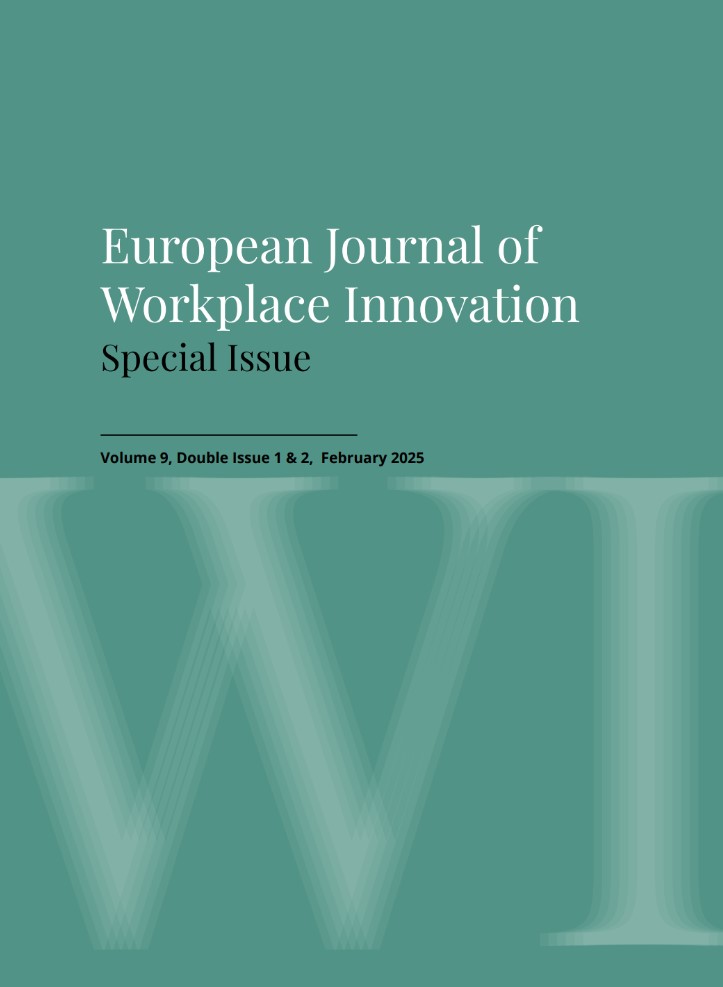Challenges in Providing Industry with Skills for the Green Transition at the Right Pace
Abstract
The manufacturing industry is undergoing a significant transformation, characterised by a green transition and rapid digitalisation. Technological advances have dominated Industry 4.0, whereas the transition to Industry 5.0 emphasises improving technology from a human-centric lens. This necessitates focusing on digital and green skills development to accelerate the green transition in industry. Within the context of Swedish higher vocational education (HVE), this paper aims to investigate HVE providers’ experiences of challenges in providing industry with the skills needed for green transition. Interviews were conducted with 22 representatives of HVE providers collaborating with industry. The analysis is based on a model for analysing overlapping transitioning systems for development of skills for the green transition in industry.
The findings indicate that there was an imbalance in pace between HVE and industry caused by various challenges at three transitional levels. First, at the individual level, there was an imbalance between students’, workers’, and employers’ perspectives on relevant training needs, skills, and engagement in the green transition.
Secondly, at the company–HVE provider level, companies needed to keep pace with the programmes and courses offered by the HVE providers and recognise that workers on the shop floor needed to train and learn digital and green skills. Thirdly, the HVE system as a whole was unable to attract and recruit enough students to technical and industrial programmes, whereas the industrial sector did not have sufficient ability to identify emerging jobs which require digital and green skills to accelerate the green transition in industry.
Keywords: Green transition, digital and green skills, higher vocational education, Industry 5.0
Authors who publish with this journal agree to the following terms:
- Authors retain copyright and grant the journal right of first publication with the work simultaneously licensed under a Creative Commons Attribution License that allows others to share the work with an acknowledgement of the work's authorship and initial publication in this journal.
- Authors are able to enter into separate, additional contractual arrangements for the non-exclusive distribution of the journal's published version of the work (e.g., post it to an institutional repository or publish it in a book), with an acknowledgement of its initial publication in this journal.
- Authors are permitted and encouraged to post their work online (e.g., in institutional repositories or on their website) prior to and during the submission process, as it can lead to productive exchanges, as well as earlier and greater citation of published work (See The Effect of Open Access).

